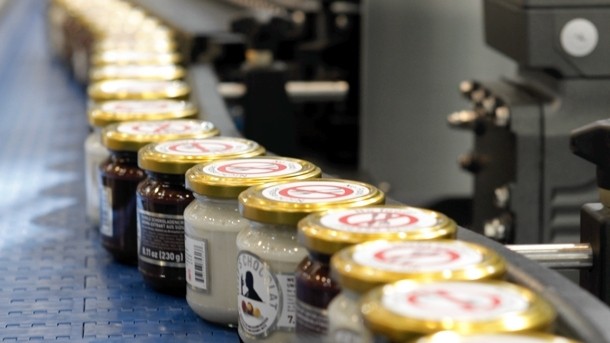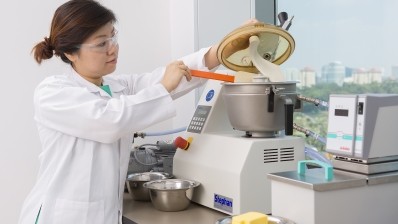Singapore food industry transformation is all about the long-term

The city state announced a food manufacturing “transformation map” which sets out to make make it the regional centre of food manufacturing, and the home to a raft of globally competitive domestic food companies.
The initiative is part of the government's industry transformation programme, first announced in March. A total of 23 roadmaps will be developed, with the food manufacturing industry’s the fifth to be rolled out.
By turning its attention once again to food and nutrition, Singapore expects the segment to achieve a 4.5% annual productivity gain while opening up 2,000 new managerial and technical jobs by 2020. Whereas policymakers estimate that 17 food businesses currently do business of over S$100m a year, they hope to increase this number to 25 in the next four years.
"Our vision is to develop Singapore as the leading food and nutrition hub," Sim Ann, senior minister of state for trade and Industry.
The programme will focus on innovation, productivity, skills and internationalisation to ramp up the segment. It will offer in-depth training directed by various government agencies to provide sufficient skills to meet the breadth of the government’s ambitions.
Spring Singapore, SkillsFuture Singapore and Workforce Singapore will jointly develop a training framework to create quality jobs to support innovation and export-driven growth by the end of 2017.
Spring will also lead the development of a food innovation cluster to foster collaboration and resource-sharing, while a technology framework that includes existing schemes, such as a policy for the large-scale deployment of automation and robotics, will help drive adoption.
Another agency, International Enterprise Singapore, will continue to deepen industry promotion efforts for the "Tasty Singapore" online shop, which has helped 27 companies to offer 130 food products in China since the platform was launched in July 2015.
"Singapore's food manufacturing industry is performing well," said Kee Aia Nah of Spring Singapore. "To continue thriving in today's world of myriad options, our food manufacturers need to find new ways to differentiate themselves from the competition.”
To do so, they can call on Singapore’s widespread reputation for quality and efficiency as they develop new products or extensions based on lifestyle and health trends to give them a boost on a global level.
By 2020, the initiative expects there to have been at least 50 new innovative product launches by local SMEs, along with two or more collaborations between small Singaporean businesses and multinational companies.
Half a decade ago, it seemed that the east coast of China was destined to become Asia’s food hub, but fast action by Singapore seems to have stalled that ambition.
Over recent years, the island’s policies, carried out by agencies like A*STAR, have attracted food and ingredients headquarters for multinationals that would otherwise have looked further east for locations for their development centres.
In just the last year Singapore has seen the opening of labs by industry leaders like DuPont and Givaudan to go alongside more established facilities owned by the likes of DSM, PepsiCo and Nestlé in the island’s sprawling technology campuses.
Singapore clearly recognises the potential of the food and nutrition industry, which was worth S$3.7bn to the local economy last year and already employs around 40,000 workers—equivalent to 1.1% of the workforce.
That it is now focusing on growing the scale of its homegrown companies through this new manufacturing policy, instead of just attracting more global giants, suggests that it will continue to have an edge over China for the long-term.















